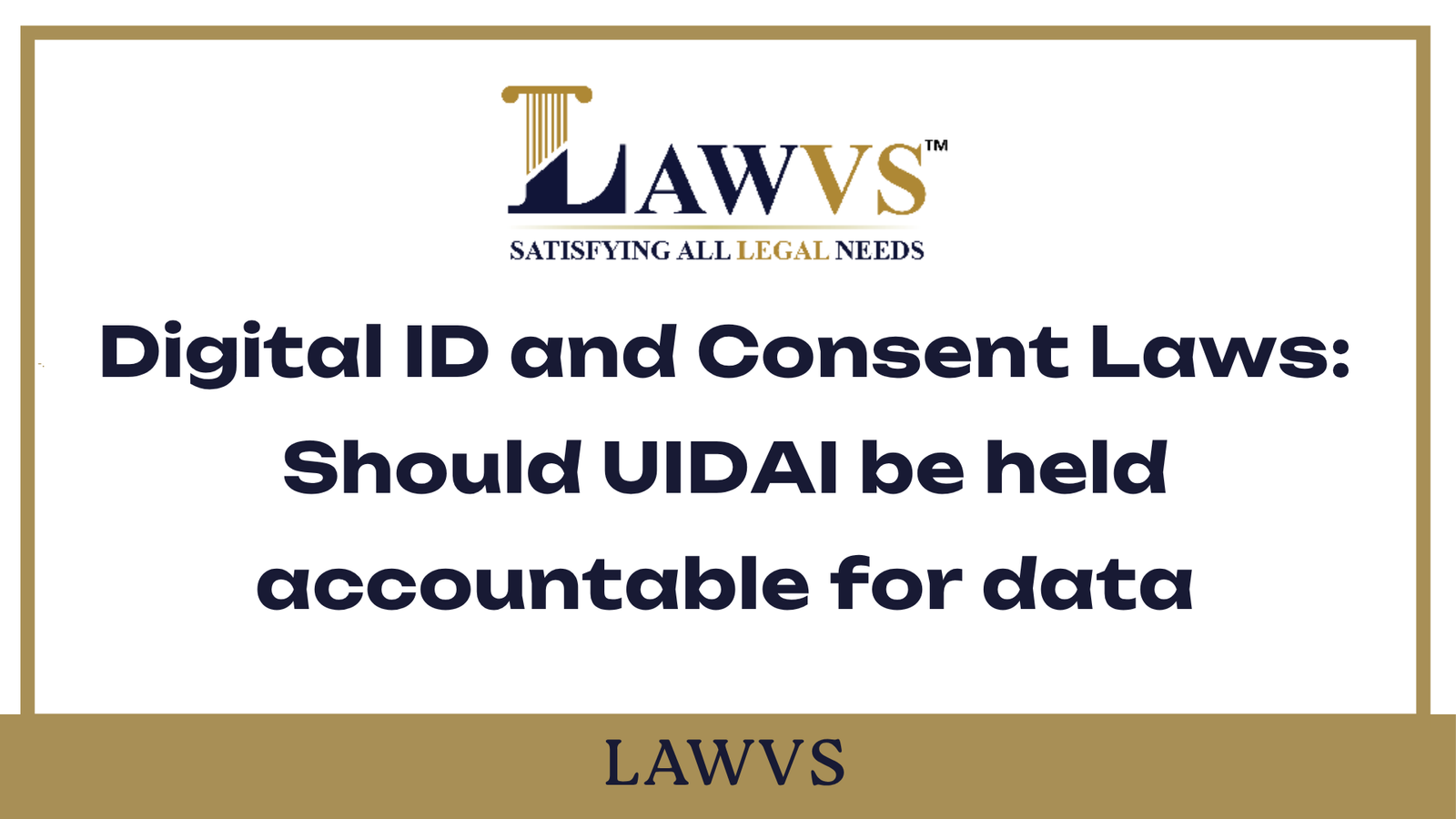Introduction
As digital transactions proliferate
across e-commerce, fintech, and service platforms, contract formation in India
has evolved to include new modes of consent. Traditional notions of "offer
and acceptance" are now being tested in virtual environments, particularly
through Clickwrap and Browsewrap agreements. These digital
formats raise critical questions about valid consent, notice, and
enforceability under the Indian Contract Act, 1872.
Understanding
Clickwrap and Browsewrap Agreements
- Clickwrap Agreements
require users to actively click a button—typically marked “I Agree” or
“Accept”—after being presented with the terms and conditions. This form of
digital contract is generally seen as closer to traditional consent.
- Browsewrap Agreements,
on the other hand, do not require any affirmative action. Users are deemed
to have accepted the terms simply by using the website or application.
The key distinction lies in the manner
of assent. As observed in Specht v. Netscape Communications Corp.
(2002), U.S. courts ruled that "mere use of a website without a visible or
conspicuous terms of service may not constitute assent."
Indian
Legal Framework: Consent and Enforceability
Under Section 10 of the
Indian Contract Act, a valid contract requires free consent and a lawful
object. Furthermore, Section 2(e) defines an agreement as "every
promise and every set of promises, forming the consideration for each
other."
The Information Technology Act,
2000, especially Section 10A, provides that contracts formed through
electronic means are legally valid. It states:
“Where in a contract formation, the
communication of proposals, the acceptance of proposals, the revocation of proposals
and acceptances, as the case may be, are expressed in electronic form... such
contract shall not be deemed unenforceable solely on the ground that electronic
form or means was used.”
However, Indian courts have yet to
rule definitively on the enforceability of Browsewrap agreements.
Judicial
Attitude Towards Digital Consent in India
While jurisprudence in India on this
topic is still evolving, courts have shown a willingness to uphold clickwrap
agreements where notice and consent are clear. In Trimex
International FZE Ltd. v. Vedanta Aluminium Ltd. (2010), the Supreme Court
held that electronic communications could constitute a valid contract if both
parties had clearly agreed on the terms.
Further, in Rohit Pande v. Shagun
Suri (2017), the Delhi High Court observed:
“It is not the mode of
communication, but the meeting of minds that determines whether a contract
exists.”
This aligns with the common law
principle that consent must be informed, voluntary, and intentional.
Challenges
with Browsewrap Agreements
Browsewrap agreements present a
challenge to the requirement of free consent under Section 14 of
the Contract Act. Users often are unaware that terms exist, let alone that their
usage of a site amounts to agreement. In the absence of conspicuous notice,
the courts may treat such “consent” as illusory.
As legal scholar Anirudh Krishnan
notes:
“Enforceability hinges not merely on
the presence of a hyperlink, but on the effectiveness of communication and the
user's opportunity to review the terms.”
Recommendations
and Conclusion
Given the digital shift, Indian
courts are likely to evolve a more nuanced standard of review,
particularly for contracts formed online. To ensure enforceability:
- Websites should employ clickwrap mechanisms
wherever possible.
- Terms should be prominently displayed, and
acceptance should require an affirmative act.
- For browsewrap agreements, courts may eventually apply
a "reasonable notice" test, similar to U.S. and UK
jurisprudence.
As India advances its digital
infrastructure, it's essential that legal standards keep pace with
technology—balancing user autonomy with commercial certainty. In
the words of Justice Krishna Iyer, “Law must not lag behind logic, nor must
logic ignore the human element of fairness.”








